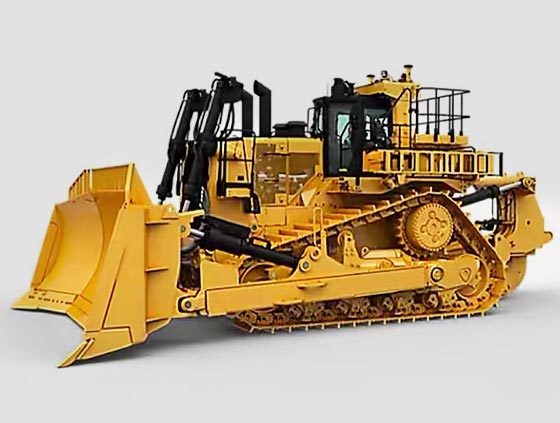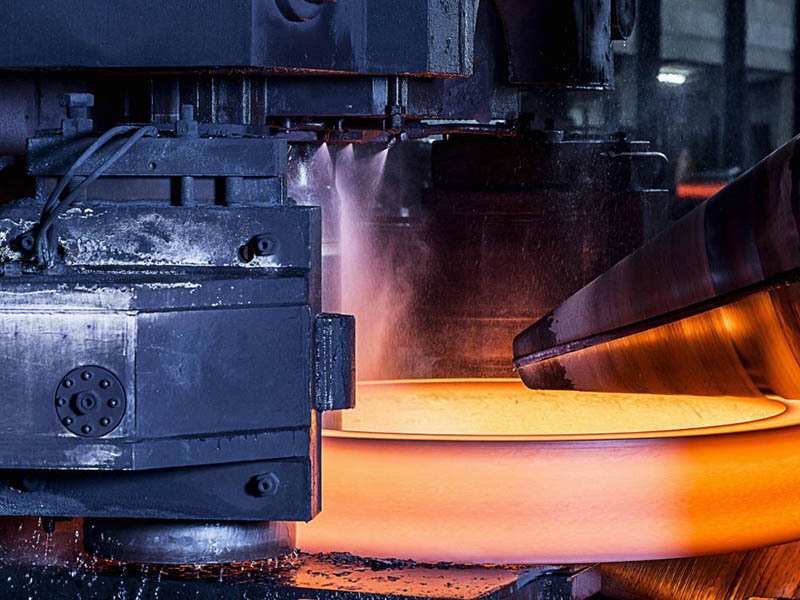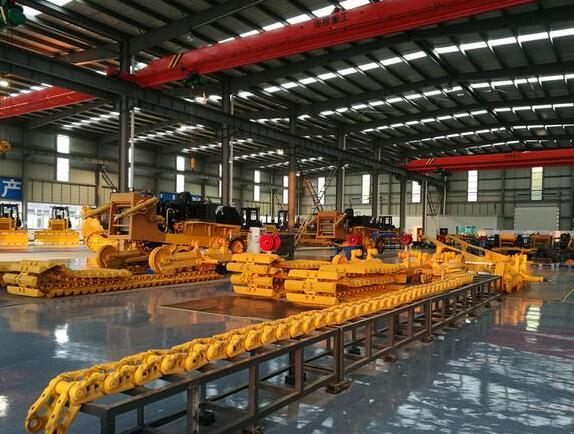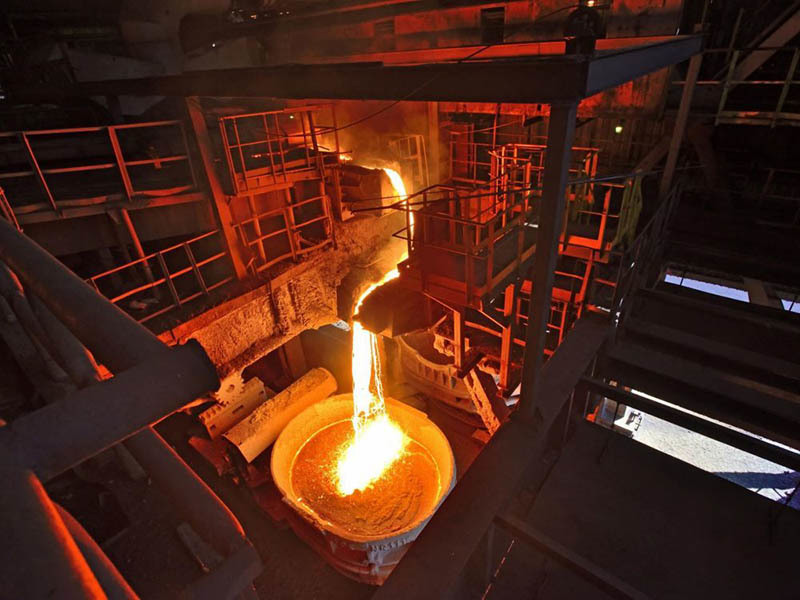Classification and maintenance knowledge of excavator construction machinery parts?
Release time:
Dec 03,2024
During the use of excavators, it is prohibited for any personnel to stay or walk within the turning radius or under the bucket.
Excavator construction machinery parts are divided into mechanical parts and electronic parts. Mechanical parts are pure mechanical parts that provide power support, mainly including hydraulic pumps, grab buckets, booms, tracks, engines, etc; Electronic accessories are the driving control part of excavators, used to drive mechanical components to work properly. They mainly include computer versions, hydraulic flow controllers, angle sensors, diesel meters, fuses, ignition switches, oil suction pumps, etc.
During the use of excavators, it is prohibited for any personnel to stay or walk within the turning radius or under the bucket. Non drivers are not allowed to enter the cab and touch or move around, and training drivers is not allowed to avoid damage to electrical equipment. Drivers must perform daily maintenance, repair, and upkeep of the equipment.
When using an excavator, be sure to apply butter twice a day to the oil nozzles of various moving parts of the excavator until the butter overflows from the gaps in the moving parts. Check the nut under the main shaft of the steering excavator once a day to see if it is loose. If it is loose, it will damage the steering bearing. Clean the hydraulic oil filter of excavator accessories every month, check if the filter screen is in good condition, and replace it immediately if it is damaged, otherwise it will accelerate the lifespan of the hydraulic system.
If hydraulic weakness and slow movement of excavator parts are found, check whether the oil pump is damaged. If it is aging, it should be replaced. Check whether there is any blockage in the filter, oil pump to oil tank pipeline, and eliminate it. Check whether the hydraulic oil is overheated and whether the radiator and fan are normal.
In order to extend the service life of excavators and reduce excavator failures, daily maintenance and upkeep of accessories are essential. Today, we will talk separately about how to maintain excavator support wheels and idler wheels
Supporting Wheel: The supporting wheel is located below the X frame of the excavator. Generally, there are seven supporting wheels on one side of the 20 ton excavator, and two of them will have track and rail guards. In daily work, it is advisable to avoid soaking the supporting wheel in mud, water, ice, and snow for a long time. After each day's work is completed, the supporting wheel on one side should be lifted and the walking motor should be driven to shake off mud and other debris on the track. Especially during winter construction, the supporting wheel must be kept dry because there is a floating seal between the outer wheel and the shaft of the supporting wheel. If there is water, it will form ice at night. When moving the excavator the next day, the seal and ice contact will be scratched, causing oil leakage. This is why oil leakage from the supporting wheel often occurs in winter. Damage to the supporting wheel can cause many malfunctions, such as excessive damage to one side of the supporting wheel, which may cause the excavator to run off track or have weak walking.
Carrier chain wheel: The carrier chain wheel is located on the platform above the X frame, and its function is to maintain the linear motion of the chain rail. If the carrier chain wheel is damaged, it will cause the track chain rail to not maintain a straight line, which is commonly referred to as chain failure. The sprocket wheel is a one-time injection of lubricating oil, and if there is oil leakage, it can only be replaced with a new one. Therefore, it is important to keep the X-frame inclined platform clean and not let too much soil accumulate, which can cause difficulty in rotating the sprocket wheel (like the supporting wheel, avoid water immersion).






